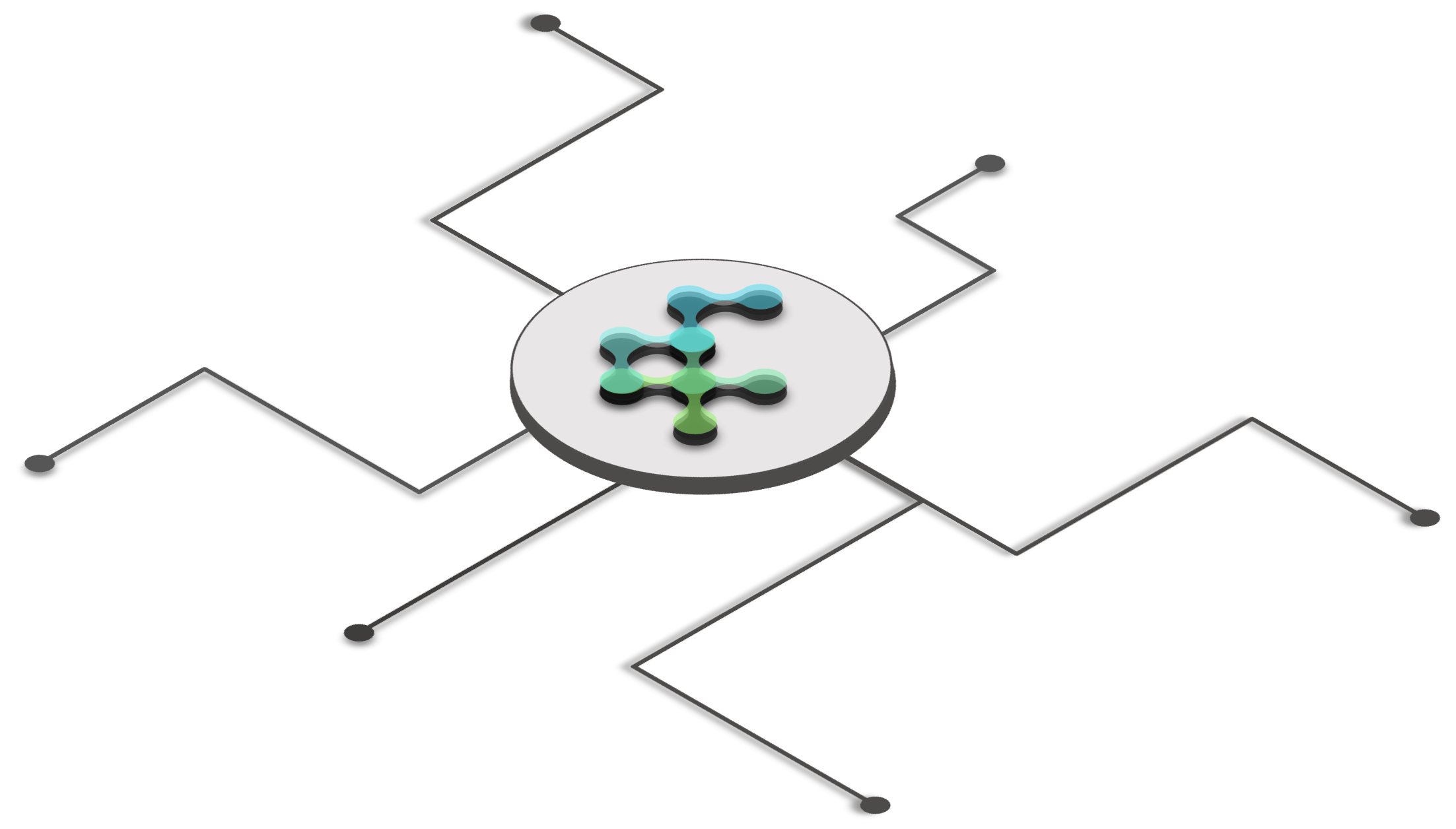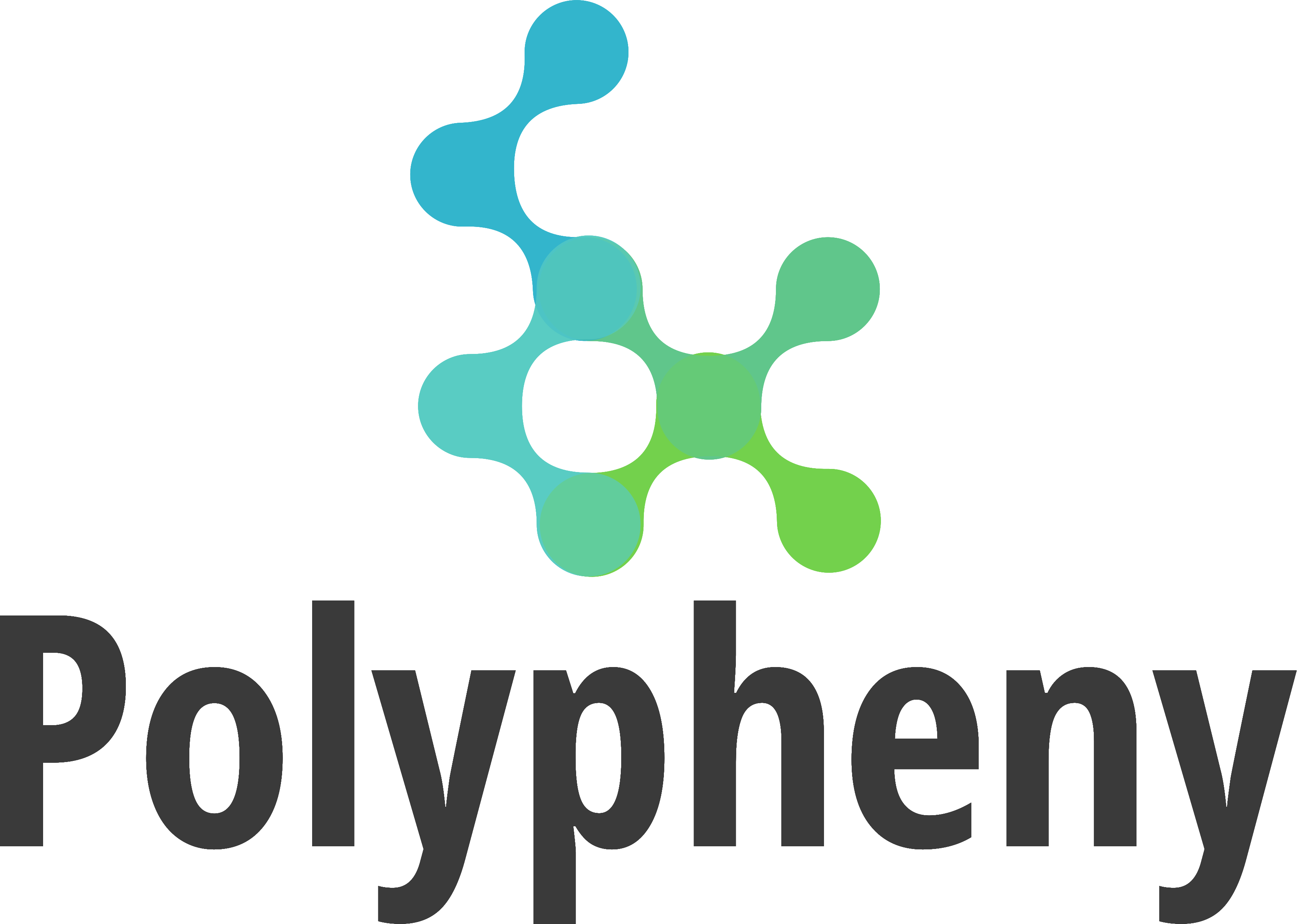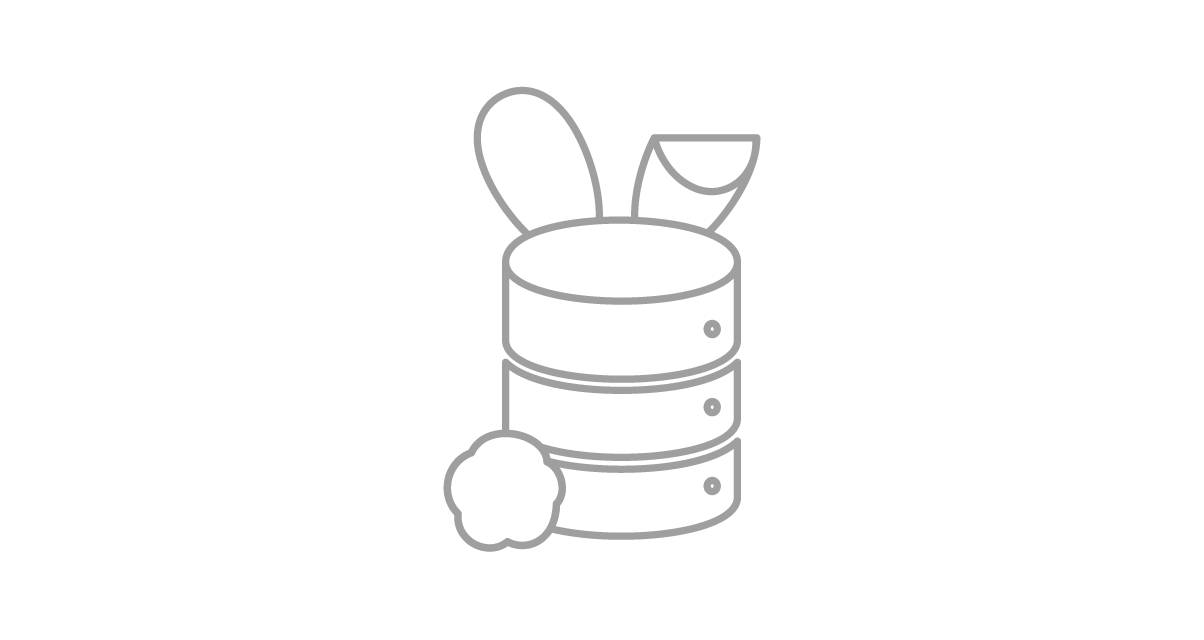ℹ What is Polypheny?
Polypheny is a multi-model PolyDBMS that represents an evolution of the Polystore concept into a holistic approach to the management of data. A PolyDBMS combines multiple databases into a unified system, which allows database administrators and engineers to interact with one unified system but still query all underlying systems.
The Polypheny system enables this concept to be applied in two fashions, by either treating an underlying database system as a source of information or by taking full control over an underlying database. While the first allows to query, modify and combine data from one or multiple such heterogeneous sources, the latter allows Polypheny to define schemas on the underlying databases and to combine their advantages. This enables you to work with a wide range of heterogeneous data of various kinds and types.

Supports Widely-Known Databases
Polypheny supports two types of underlying databases: Sources and Stores.
Sources are managed externally and can directly be attached to Polypheny. Besides database systems, Polypheny also supports files (e.g., Excel, CSV etc.) files to be connected as data source. This allows retrieving and combining (e.g., join or union) data from all connected sources and data stores using all query languages and through all query interfaces. This is very handy for data science applications.
Additionally, Polypheny can also take a more holistic approach to data management. Stores are under the full and exclusive control of Polypheny. This gives Polypheny the ability to optimize for the workload by replicating and partition data across all data stores. This allows to combine the advantages of the database systems and handling a large variety of data and mixed workloads.



Built for Data Science
Built for Data Engineering
Built for IT Operations
By connecting to existing databases, Polypheny enables Data Scientists to easily query and analyze the latest data from the whole data lake without building a data warehouse. This enables them to obtain new insights from all data silos using a single point of entry. Its modern user-interface and the large variety of query languages and methods simplifies data analysis.
With the ability to fully customize the origin and the access patterns for many supported data sources, Data Engineers can easily abstract these parts away from front-facing applications. While providing the traditional interfaces, Polypheny also provides those capabilities in easy-to-understand graphical representations.
With its ability to combine heterogeneous databases, Polypheny can accommodate a large variety of data and accelerate mixed workloads. The support for multiple query interfaces and applications facilitates new applications and a tighter integration of data between different applications.
Built for Data Science
By connecting to existing databases, Polypheny enables Data Scientists to easily query and analyze the latest data from the whole data lake without building a data warehouse. This enables them to obtain new insights from all data silos using a single point of entry. Its modern user-interface and the large variety of query languages and methods simplifies data analysis.
Built for Data Engineering
With the ability to fully customize the origin and the access patterns for many supported data sources, Data Engineers can easily abstract these parts away from front-facing applications. While providing the traditional interfaces, Polypheny also provides those capabilities in easy-to-understand graphical representations.
Built for IT Operations
With its ability to combine heterogeneous databases, Polypheny can accommodate a large variety of data and accelerate mixed workloads. The support for multiple query interfaces and applications facilitates new applications and a tighter integration of data between different applications.
✔ Advantages When Using Polypheny
- One single database instance to manage
- A wide variety of underlying database backends
- Simple replacement of databases in existing application scenarios
- Tighter integration of data between different applications
- Support for multiple data models and cross-model queries
- Modern user-interface
- Runs on Windows, Linux and macOS













